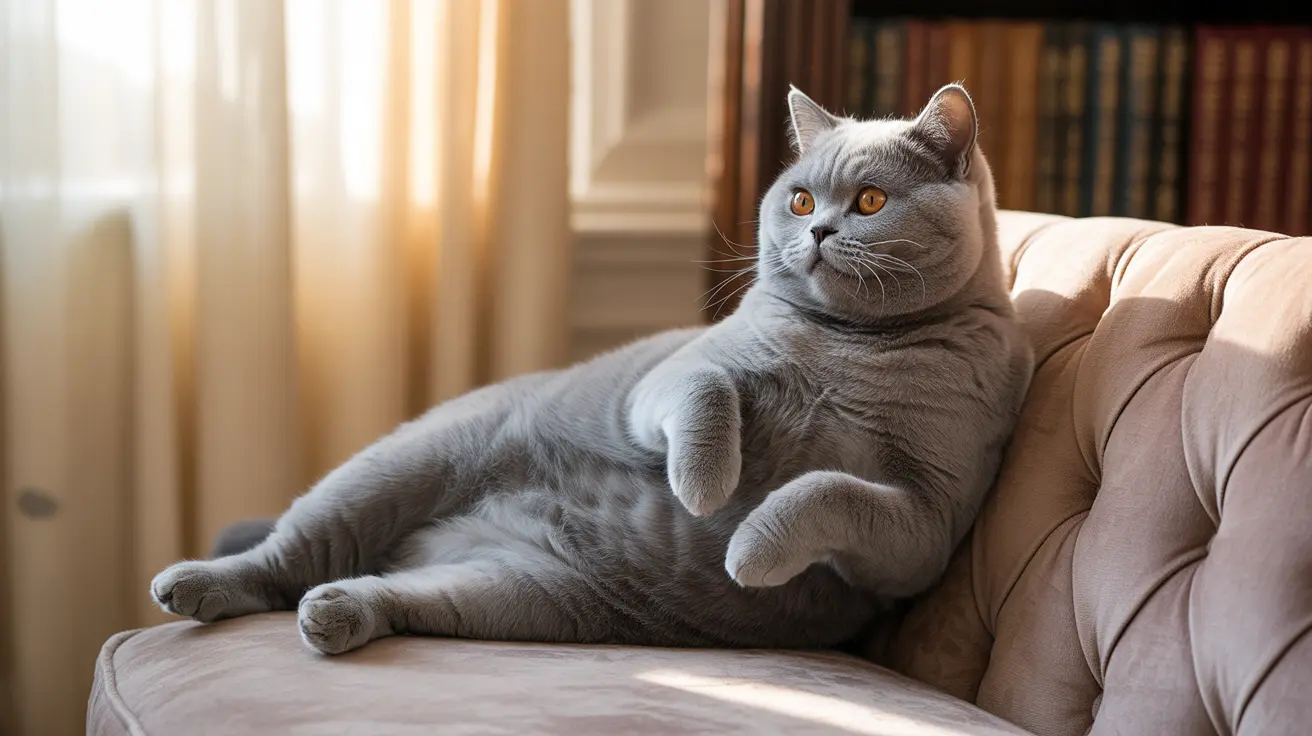Cats are fascinating creatures with unique sleep habits that often leave their owners curious and intrigued. Whether you've noticed your feline friend seeking out dark corners or snoozing in sunlit spots, understanding their sleep preferences can help you create the most comfortable environment for your beloved pet.
In this comprehensive guide, we'll explore the intriguing world of cat sleep patterns, their relationship with darkness, and what really matters when it comes to your cat's rest and relaxation.
The Crepuscular Nature of Cats
Cats are naturally crepuscular animals, which means they are most active during the twilight hours of dawn and dusk. This biological rhythm is deeply ingrained in their DNA, inherited from their wild ancestors who would hunt during these low-light periods. Unlike humans, who are typically diurnal (active during the day), cats have evolved to be most alert and energetic during the softer light of early morning and early evening.
Why Cats Seek Out Dark Spaces
The preference for dark spaces is more about safety and survival instincts than a simple love of darkness. In the wild, cats would seek out hidden, dimly lit areas to rest and protect themselves from potential predators. This instinct continues in domestic cats, who often choose tucked-away, dark spots like:
- Under furniture
- Inside closets
- Behind curtains
- In cardboard boxes
- Dark corners of rooms
The Science of Feline Night Vision
Cats are remarkably equipped to navigate in low-light conditions. Their unique eye structure allows them to see much better in the dark than humans. Special adaptations include:
- A higher number of rod cells in their retinas
- A reflective layer called the tapetum lucidum
- Larger pupils that can dilate more extensively
These features mean cats can see in light levels six times dimmer than what humans require, making dark spaces perfectly comfortable for them.
Lighting Preferences: What Cats Really Need
Contrary to popular belief, cats don't have a strict preference for complete darkness or constant light. Their primary concern is feeling safe and secure. Most cats are adaptable and can comfortably sleep in various lighting conditions, provided they feel protected and undisturbed.
When Ambient Light Might Help
Some situations might benefit from a little ambient light:
- For very young kittens
- Senior cats with vision changes
- Cats with anxiety or medical conditions
- Homes with multiple pets or frequent nighttime movements
Creating the Perfect Sleep Environment
To support your cat's natural sleep preferences, consider these tips:
- Provide multiple cozy, dark sleeping spots
- Respect their chosen resting areas
- Maintain a consistent, quiet environment
- Allow natural light variations
- Avoid bright, disruptive lights at night
Frequently Asked Questions
Do cats prefer sleeping in the dark or light?
Cats don't have a strict preference. They prioritize feeling safe and comfortable over specific lighting conditions.
Why do cats seek out dark places to rest?
It's an instinctive behavior inherited from wild ancestors, designed to provide protection and security while sleeping.
Can cats see in total darkness?
While cats have excellent night vision, they cannot see in complete darkness. They rely on minimal light and other senses like hearing and touch.
Should I leave a light on for my cat at night?
Generally, no. Cats navigate well in low light and don't require constant illumination.
Why is my cat most active at dawn and dusk?
This is due to their crepuscular nature, a biological rhythm that makes them most alert during twilight hours when prey is typically more active.
Understanding your cat's unique sleep preferences helps create a harmonious living environment. Remember, each cat is an individual, so observe and respect their personal comfort zones.






